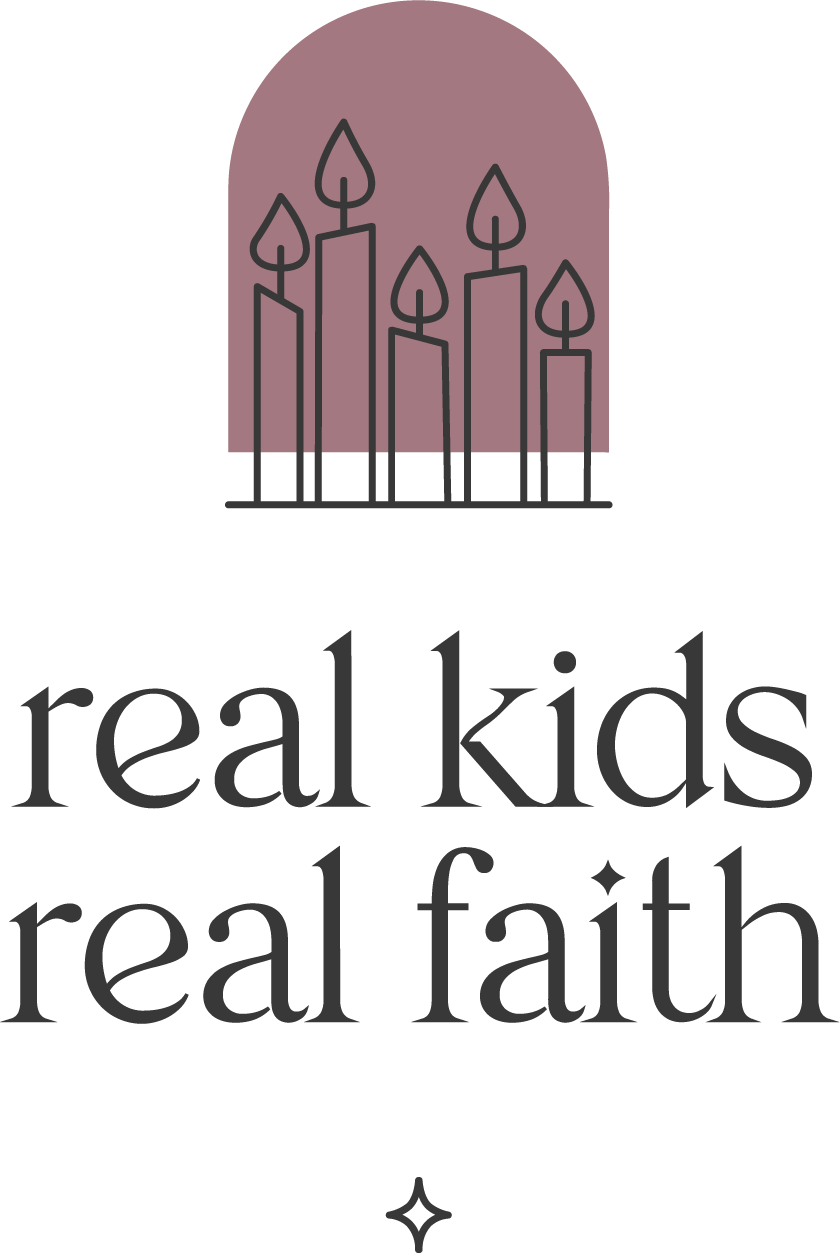Earlier this month, the Pacific Ocean made news because it is shrinking faster than scientists expected. One reason (unsurprisingly) is climate change.
Children hear such stories and worry about the future. They may feel sad or scared, especially if they hear adults talking about the many problems caused by climate change. They may also want to know what they can do to help save the environment. One way to encourage kids to feel empowered rather than anxious about climate change is to engage in community science projects as a family.
Community science uses crowdsourcing to gather information. Families can sign up online to collect data about local animals, birds, insects, weather, plants, or a host of other things that help scientists study seasonal patterns (phenology). You can measure and report rainfall or snap photos of birds you see outside your window, and scientists compare your information with that of other people in your area, across the country, and across time. They can then see how bird migration is changing and determine if new weather patterns might be causing certain birds to leave earlier or later for their winter homes.
Community science cultivates attention. Good data collection relies on careful attention. Projects have basic rules of observation that every family has to follow so scientists get consistent information from all participants. For example, you’ll likely need to record the date and time that you first noticed leaves changing color, as well as the kind of tree and whether all the leaves are the same hue. This care in gathering data teaches kids (and adults) to slow down and really notice what’s happening.
Community science promotes connections with the natural world. As kids pay attention to their local environment, they become invested in the earth and its well-being. They recognize that many different types of animals depend on certain life-cycle rhythms to survive. They wonder how bugs and bees are evolving to deal with climate changes. They grow to appreciate how fragile ecosystems are and want to learn how to be less disruptive. They may even decide to make changes in their daily lives that offset their carbon footprint, reduce light pollution, or restrict water usage.
Community science leverages collective action. Instead of one person trying to solve a big problem, lots of people work together to figure out what’s happening and how to change it for the better. Children can see the observations that others have submitted and know that they are not alone. They can also share ideas for raising awareness about climate change or join in activities organized by others. And they can use findings from the data they and others have collected to support their campaigns.
Community science builds hope. Just as children can observe worrisome trends in the data they gather, they can also see how recommendations for change can make things better. They develop a stronger sense of agency because their contributions lead to new knowledge and new policies. Agency breeds hope, because kids no longer feel powerless to save the earth. They realize that their efforts are important in the fight against climate change.
Related Resources
- Bringing Climate Change Into the Elementary Classroom | Edutopia
- What is Citizen Science - SciStarter
- What is Phenology? A lesson for kids
- Nature's Notebook | USA National Phenology Network
- I See Change - Projects
- Budburst
- Seek by iNaturalist
- Project Finder - SciStarter
- Environmental Justice for Preschoolers
- Helping Kids Appreciate Facts

Comments